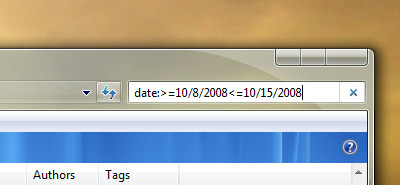
But if [ returned false, the file is still there. If [ returned false, then the file is gone, so it was moved, so there's no need to do anything. (Many commands' exit statuses are best interpreted as signifying success or failure, but ['s exist status is usually best interpreted as true or false.) you can run: find srcdir -type f -newermt ! -newermt -exec mv -i ) exists (and is a regular file), and returns either true/success or false/failure.


last modified in (for example) September 2014.anywhere in srcdir (i.e., including its subdirectories, their subdirectories, etc.).Moving the files, and prompting the user when there are duplicate names:Īs Subv3rsion's and Eric Leschinski's answers show, the -newermt predicate selects files modified more recently than the date (and optional time) specified as its operand.


 0 kommentar(er)
0 kommentar(er)
